Measuring your social media and why it matters
If there are two platforms that have made business networking easy and affordable, they have to be coworking spaces and social media. Working from a coworking space, or wherever in the world you are based, exposes you to chances and opportunities that would be unavailable to workers in a traditional office setting. It helps you network and collaborate with other professionals in your field you never knew existed; people who can open professional doors for you and help you gain more job prospects. Social media is the online version of coworking spaces, which makes it even more disruptive.
Social media marketing has grown tremendously fast over the last decade, all thanks to increased smartphone adoption and internet connectivity across the world. But advertising your skills and your work on social media is not enough unless your marketing efforts are bearing consistent tangible results. And how can you tell if you are getting the results you need and deserve? Only by measuring your social media marketing!
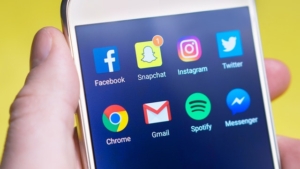
Table of Contents
Measuring your social media
Measuring the performance of your social media efforts involves analyzing multiple social media KPIs (Key Performance Indicators) in order to determine the ROI each social media strategy yields. In a nutshell, social media KPIs answer these 3 questions:
- How much new traffic is your social media account bringing to your site?
- Do campaigns increase lead generation for you?
- Are you getting more leads as a result?
That is why measuring your social media marketing matters. Allow us to elaborate further in 5 short points:
1. Measuring your social media marketing tells you how many people talk about your work and skills
One important KPI that you need to measure is the volume of social media conversations regarding your work. If people aren’t talking about your products or services on social media, you can bet that they have little to no interest in whatever you provide. On the other hand, people who talk about you and quality of services, whether negatively or positively, are people who you can easily convert to paying customers if you package your messaging and customer service correctly. You need to know who posted about your work on their Facebook timeline and how those numbers vary with time, if you are to know who your ideal customer really is. A tool such as Facebook Insights can help you keep track of these numbers.
2. It helps you distinguish between impressions and reach
How many people saw your marketing message on their timelines? The figure you get is the number of reaches the post got. How many times was the message displayed, regardless of whether it was displayed for the same user multiple times? The figure you get denotes the impressions the post got. Both reach and impression are important metrics to focus on for your social media strategy. If you are reaching out to new markets, you want your message to reach as many different users as possible. In that case, what you need are more reaches. If, on the other hand, you want to increase awareness about your work and skills amongst users who already know about you, you need to invest in impressions. It is only through understanding the most appropriate metric to measure that you will be truly in charge of the direction that your campaigns take.
3. What are the engagement rates?
Reach and impressions aren’t precise in telling you how popular you are online. Why so? Because someone can see your post and choose to ignore it; not to like, comment, share, or retweet. You need to track your brand engagement rates in order to know how healthy your audience is. However, brand engagement rates have to be measured against recorded impressions for them to make any sense.
You can, for example, divide the rate of engagement a post gets with the number of impressions it got and express the answer as a percentage. That will give you an idea of how interesting your content is in the eyes of the target audience. For example: If you got 10 engagements out of 20 impressions, that means 50% of the audience saw something in your content that was worth sharing or commenting about. If you get 1000 engagements out of 100000 impressions, that would mean only 1% of the audience found the content engaging, which means you still have a long way to go on your social media marketing journey.
4. Gives you an idea of the leads your content creates
Congratulations on your increased social media engagement rates, you know, the likes and shares, but how many of these engagements love your brand to the extent of wanting to buy your products? If you aren’t generating leads after getting all the likes and comments, you need to reimagine your social media target audience. Maybe the people are engaging with your content for the fun stuff, and fun doesn’t really count in business.
5. Measuring conversions
Of the leads you create, how many actually visit your website and make a purchase? Conversion is the last metric, the metric that summarizes all other metrics. If you aren’t making any meaningful conversions, you cannot count any of the other metrics as a win.
Continue Reading: How to optimise your social media brand content
Social media measurement can be pretty challenging for a beginner, mainly because social media is a very dynamic platform. Things change all the time. If you struggle with social media analysis tools, your best bet would be to hire a professional social media manager.

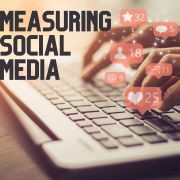
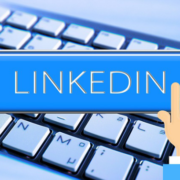

 webdevelopers-copywritercollective
webdevelopers-copywritercollective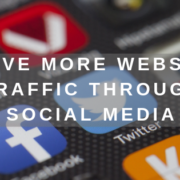

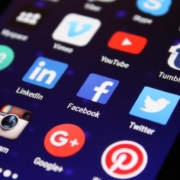
 WFH-copywritercollective
WFH-copywritercollective